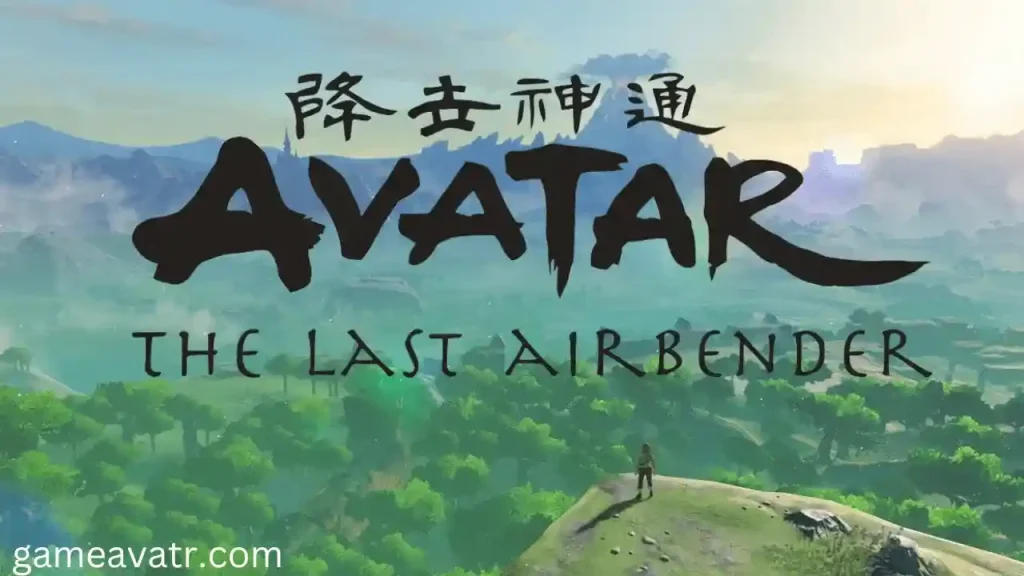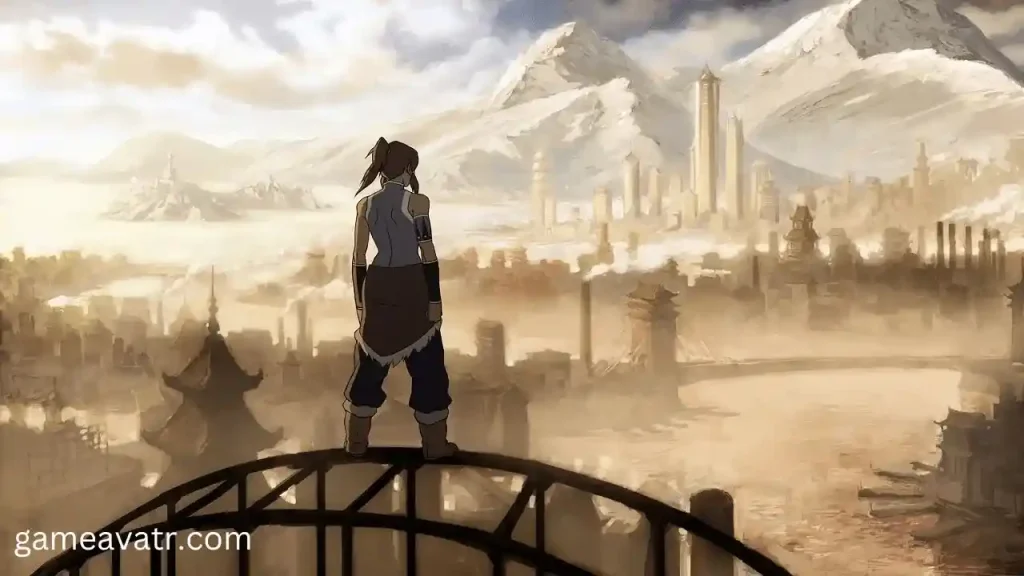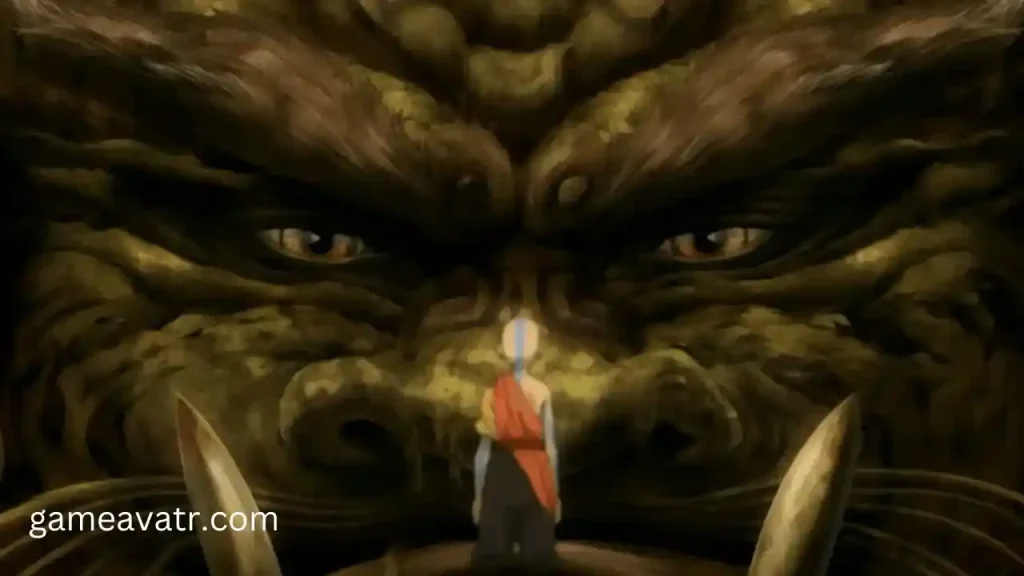The world of Avatar The Last Airbender
Introduction
Indeed, The world of Avatar is set in a fantastical realm heavily influenced by East Asian civilizations. It includes four distinct nations representing the elemental forces of air, earth, fire, and water: the Air Nomads, the Earth Kingdom, the Fire Nation, and the Water Tribes. In the following series, The Legend of Korra, a fifth entity called the United Republic of Nations appears, adding a new layer to the detailed tapestry of this fictional world.

The World of Avatar The Last Airbender enjoyed strong viewership ratings and garnered praise from attackers for its well-crafted characters, creative allusions, artistic direction, voice performances, musical complement, comedic elements, and investigation of deep themes. These themes, rarely explored in children’s programming, included topics such as warfare, genocide, imperialism, dictatorship, indoctrination, and the significance of individual freedom. The series received numerous prestigious honors, including five Annie Awards, a Genesis Award, a Primetime Emmy Award, a Kids’ Choice Award, and a Peabody Award. It is widely regarded by many analysts as one of the most memorable animated television series ever produced.
Origins and Development of the World of Avatar The Last Airbender
The world of Avatar The Last Airbender was co-created and produced by Michael Dante DiMartino and Bryan Konietzko at Nickelodeon Animation Studios in Burbank, California. The majority of its animation work was handled by South Korean studios JM Animation, DR Movie, and MOI Animation. Bryan Konietzko revealed that the series originated from an idea he had in early 2001. He imagined a character based on an old sketch of a balding, middle-aged man, but imagined him as a child instead. This child character was displayed round-up bison in the sky. Konietzko shared the concept with Michael Dante DiMartino, who was coincidentally watching a documentary about explorers stranded at the South Pole at the time.
Characters in the world of Avatar The Last Airbender
Avatar Aang, a young boy who is also the Avatar, gets scared of his big responsibilities and runs away, getting trapped in an iceberg for a hundred years. Meanwhile, the Fire Nation starts a big war to take over the world. They wipe out Aang’s people, the Air Nomads, hoping to kill the Avatar. A hundred years later, two siblings, Katara and Sokka, find Aang and help him escape.

In the first part of the story
Aang, Katara, and Sokka travel to the North Pole so Aang can learn water bending and stop the Fire Nation. A banished prince named Zuko, who wants to recover his honor, tracks them. Aang also has to deal with a mean Fire Nation admiral named Zhao. Aang helps protect the Northern Water Tribe from Zhao’s attack.
In the next part
Aang learns earthbending from a talented girl named Toph. Zuko and his uncle, Iroh, become fugitives and try to hide in the Earth Kingdom. Aang’s group goes to the Earth Kingdom to ask for help in fighting the Fire Nation during a solar eclipse. But a sneaky Fire Nation princess named Azula takes control of the Earth Kingdom’s capital, Ba Sing Se. Aang gets hurt fighting her but is healed by Katara.
In the final part
Aang and his friends try to attack the Fire Nation capital during the solar eclipse but fail. Zuko leaves the Fire Nation to help Aang and teach him about fire bending. Aang struggles with the idea of killing the Fire Lord to end the war. When a special comet gives the Fire Lord extra power, Aang defeats him without hurting him too much. Zuko becomes the new Fire Lord, and the war finally ends.

Exploring the World of Avatar The Last Airbender | Geography Facts
In the world of Avatar The Last Airbender, the planetary layout resembles Earth in many aspects, albeit with a distinct map. It features vast oceans, sprawling continents, and numerous scattered islands. However, the geopolitical landscape is characterized by five prominent regional powers: the Water Tribes, the Earth Kingdom, the Fire Nation, the Air Nomads, and the United Republic of Nations.
Avatar’s Diverse Landscapes
The world’s beauty is endless: majestic mountains, sparkling bays, towering cliffs, vast canyons, and elaborate forests weave a tapestry of stunning landscapes across mainlands.
Avatar Statue: A Tribute to Aang
Following the Hundred Year War, the citizens of the newly founded United Republic likely honored their hero by constructing a massive metal statue of the 12-year-old Avatar. Placed on a pedestal on Aang Memorial Island, the statue shows Aang triumphantly exerting his Airbending staff. This homage carries a special resemblance to the renowned Statue of Liberty, reflecting the thematic parallels between Republic City and New York City in the Avatar universe.

Significant Volcanoes in the Avatar Storyline
Avatar Roku, in an act of correction, destroys the volcanic island housing the Fire Sage Temple as punishment for those who backstab Aang. Similarly, Roku’s home island, part of a live volcanic chain, meets a miserable fate as it is ruined by volcanic activity. Additionally, the Royal Caldera City, a vital segment of the Fire Nation Capital, is situated within the confines of a volcanic hollow, highlighting the significant role volcanoes play in the historyof the Avatar world.
Si Wong: Deserts Across Continents
The name “Si Wong,” derived from Chinese, translates to “death,” drawing parallels to the scorching temperatures of California’s Death Valley desert. Additionally, Si Wong Rock, a prominent landmark within the desert’s vast stretch, endures a resemblance to Australia’s iconic Uluru in the Northern Territory, further linking the geographical inspirations between the two regions.
Ba Sing Se: A City the Size of a Nation
Ba Sing Se, one of humanity’s oldest cities, boasts a history spanning over five thousand years and holds the distinction of being the largest. Surrounded by three towering walls, each outlining a distinct socioeconomic sector along with extensive forests and farmland, the city sprawls across a huge range. Although exact measurements are unknown, the time it takes for Team Avatar to travel from the Outer Ring to the Royal Palace suggests that its scale rivals that of a real-world country.

Conclusion
In conclusion, the world of Avatar The Last Airbender delights audiences with its richly detailed world and compelling characters. Its exploration of profound themes, coupled with stunning animation and gripping storytelling, has gained its overall distinction. From the breathtaking landscapes to the intricacies of geopolitics, the series leaves a lasting impression on viewers of all ages. With its legacy firmly established as one of the greatest animated series ever created, Avatar continues to inspire and resound with audiences around the globe.
